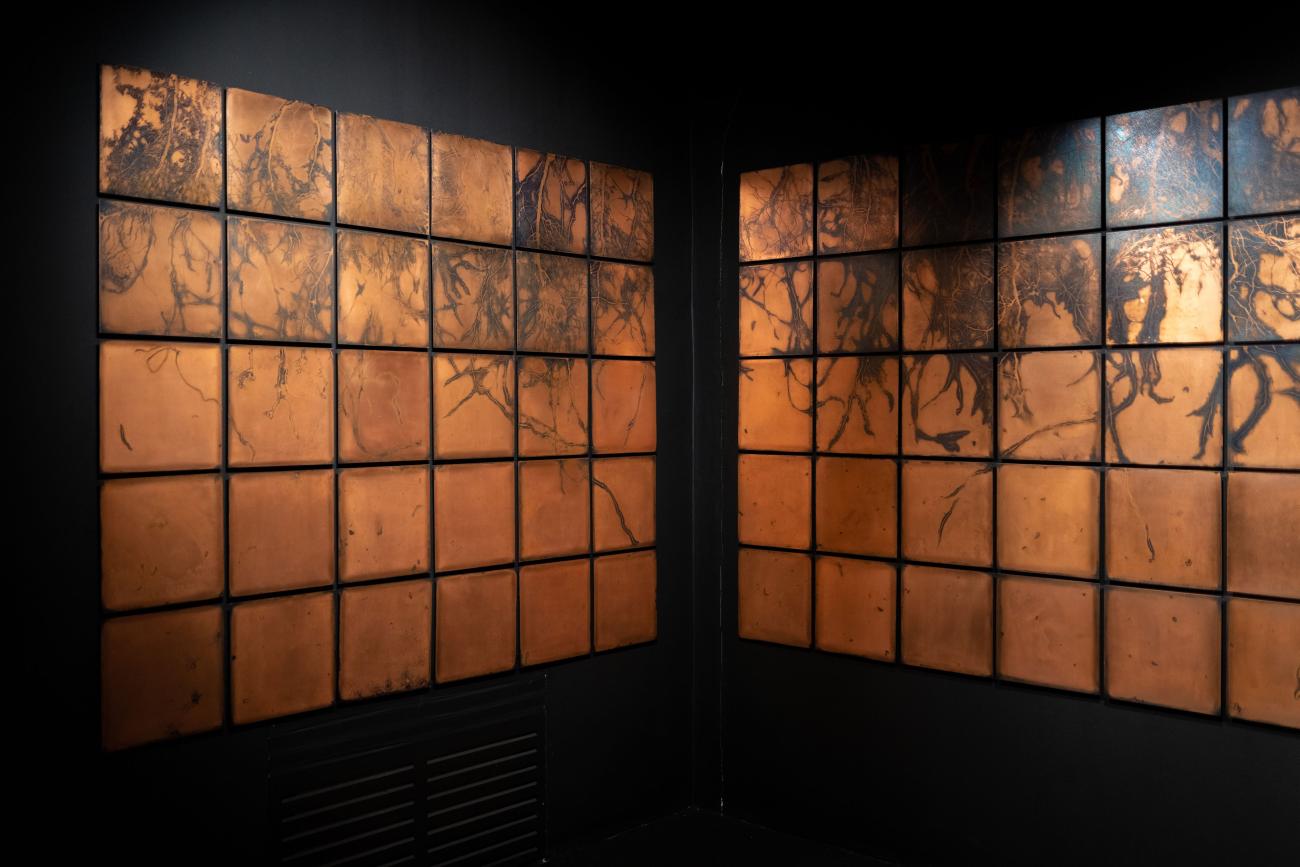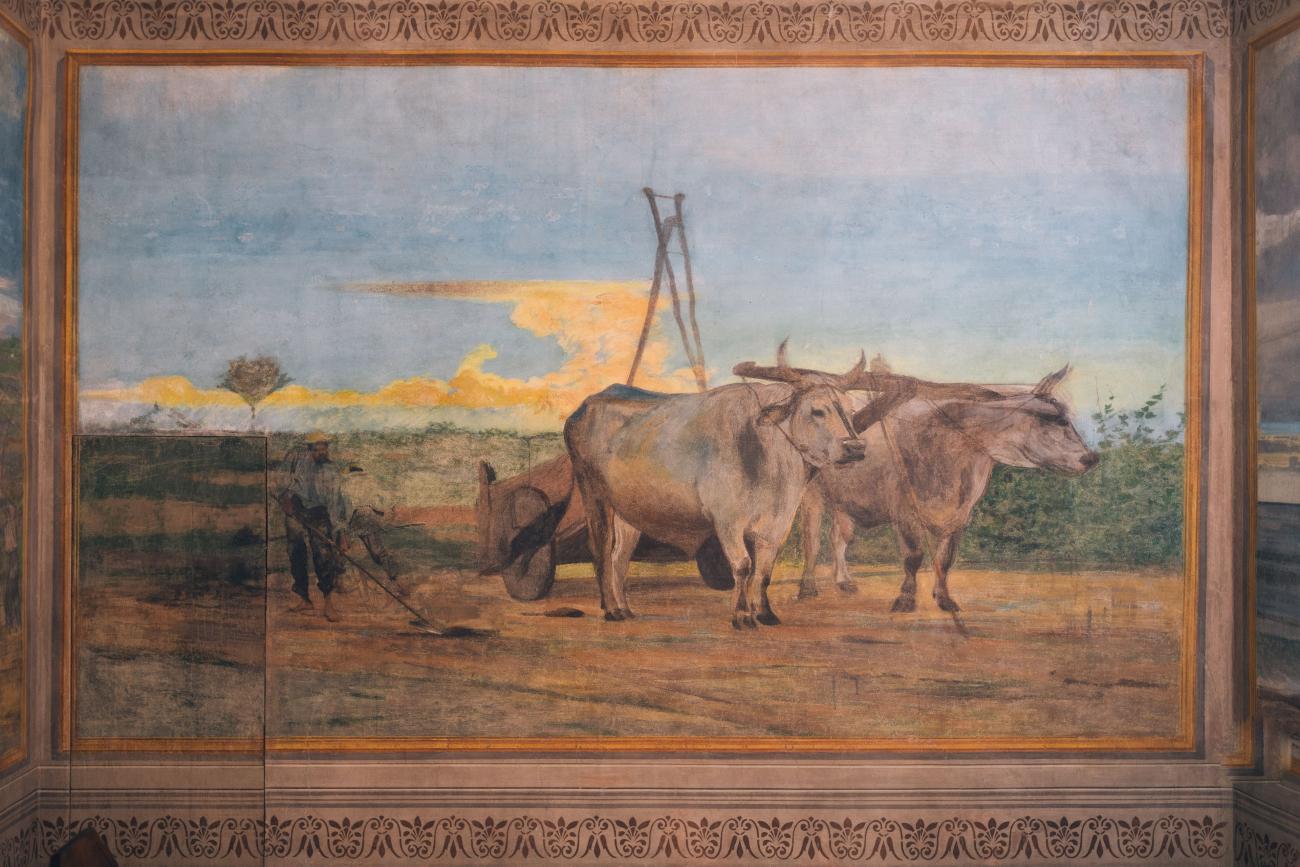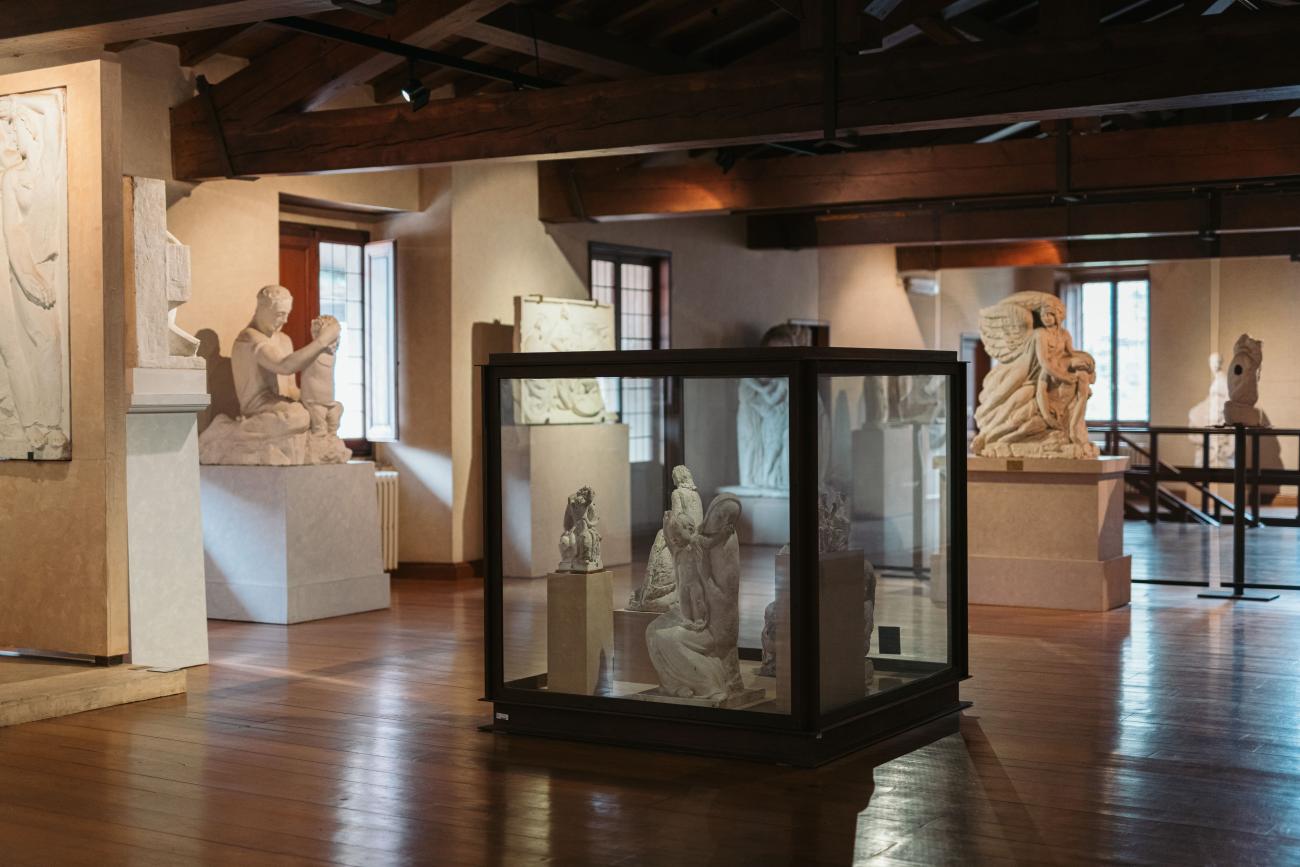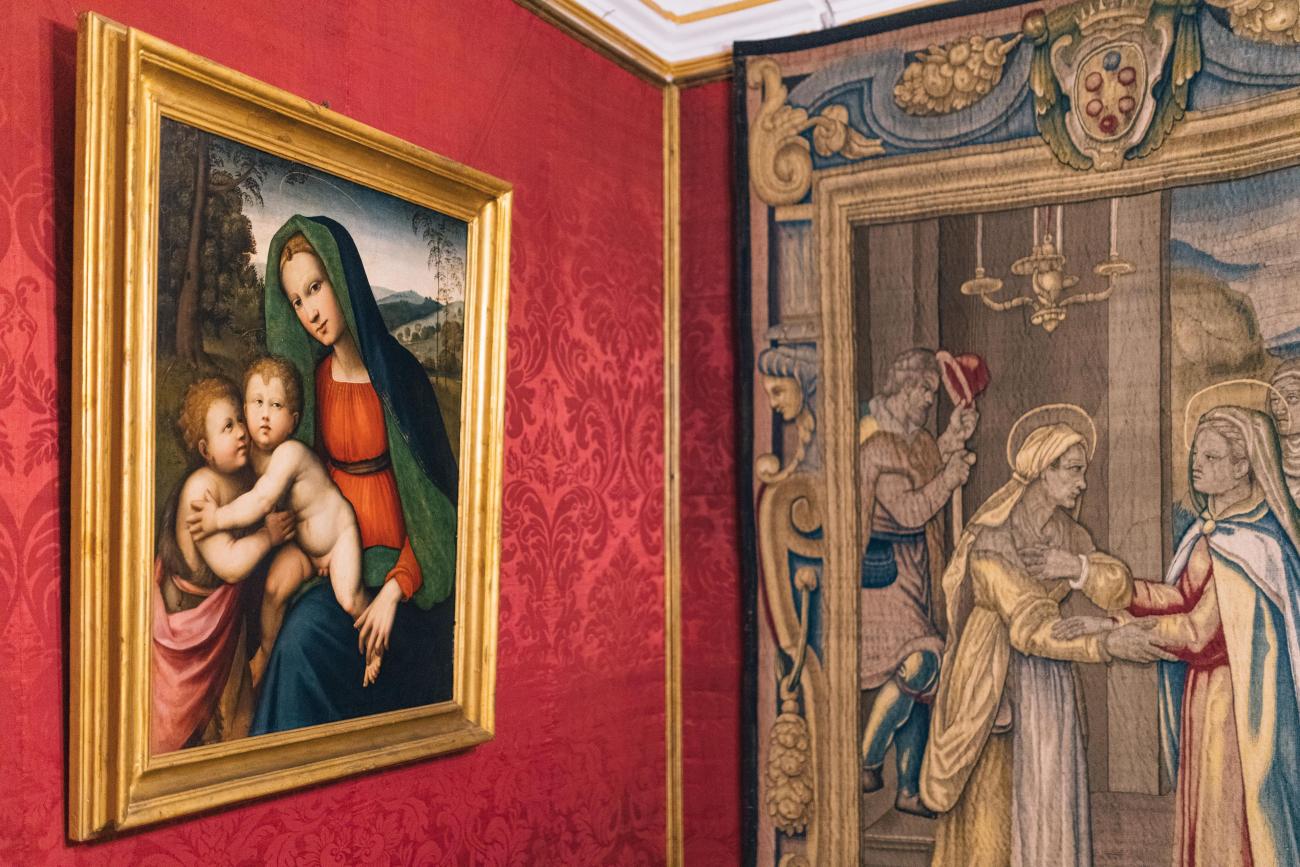C’è uno stretto legame fra Natura ed arte. Entrambe sono forze creatrici e gli elementi naturali sono da sempre la sostanza dell’arte: il legno delle tavole dipinte e delle sculture; le pietre lavorate con la subbia, la gradina e lo scalpello; i pigmenti dei colori; la terracotta; la carta dei disegni e delle pitture; i tessuti di fibre vegetali intrecciate; l’acqua come primo legante per il colore e forza motrice per le diverse tecniche artistiche; il fuoco della fusione dei metalli…
Inoltre la Natura è la prima musa ispiratrice dell’arte, che se ne è nutrita, l’ha osservata e riprodotta fin dall’inizio della storia dell’uomo.
Il territorio pistoiese ha uno stretto legame con la Natura, non solo a ridosso delle foreste e delle valli scavate dai torrenti dell’Appennino, ma anche in pianura, nei suoi vivai di piante e di fiori.
Questa vocazione si riscontra nelle testimonianze conservate nei musei del territorio. Andate a ricercarla nella simbologia delle piante ritratte nei dipinti rinascimentali del Museo Civico d’arte antica di Pistoia. Oppure nelle tavole mediche un tempo usate dal teatro anatomico dello Spedale del Ceppo, un vero gioiello architettonico settecentesco.
Lasciatevi incantare dagli animali che affiorano fra la verzura dell’arazzo millefiori nell’Antico Palazzo dei Vescovi di Pistoia, una rappresentazione colta e raffinata della società nobiliare del Cinquecento. Oppure ricercate i paesaggi delle colline pedemontane nei dipinti degli artisti del Novecento pistoiese in Palazzo de’ Rossi o in Palazzo Fabroni.
Chiude il cerchio il Museo Civico di Pescia, con un’interessante raccolta di grafica a tema floreale.
Rimarrete incantati dalla ricchezza dei dettagli e dalla qualità della rappresentazione di una Natura che si trasforma e si rinnova attraverso le stagioni, il mutare dei tempi e del rapporto con l’uomo.
Natura: una vocazione…. naturale
La vocazione del territorio pistoiese per la Natura trae origine dalle sue caratteristiche topografiche, della vicinanza dei monti e della ricchezza dei corsi d’acqua. Non è un caso che proprio qui - nella seconda parte del Novecento - sia nato a Collodi il primo esempio di parco tematico open air. Progettato dal maggior paesaggista italiano dell’epoca e ricco di opere d’arte, è dedicato alle avventure di Pinocchio ed è tuttora meta di molti visitatori.
E non è un caso che la collezione Gori e il parco ambientale di Celle siano proprio a Pistoia, dove una simile esperienza ha aperto la strada alla committenza di arte ambientale, con opere sparse in tutto il territorio: dagli arredi interni ed esterni del Padiglione di Emodialisi e di Palazzo Fabroni a Pistoia, alle installazioni ospitate nei diversi spazi pubblici urbani.
Anche Pescia è molto legata alla Natura. Le acque del suo torrente sono alla base della lavorazione degli stracci di cotone, canapa e lino con cui si realizzavano pregiate carte filigranate; mentre i gessi conservati oggi nella gipsoteca del Palagio cittadino, sono i calchi delle crete preparatorie modellate dallo scultore Libero Andreotti.
Natura naturans, dicevano gli antichi, la Natura genera sé stessa, è maestra e fonte di vita. A Pistoia più che altrove è principio fondante di tante rappresentazioni artistiche: visitare i musei che le conservano sarà come passeggiare lungo un sentiero collinare, addentrarsi in un bosco, raggiungere la vetta di un monte innevato o sostare in contemplazione davanti a un ruscello di campagna.













